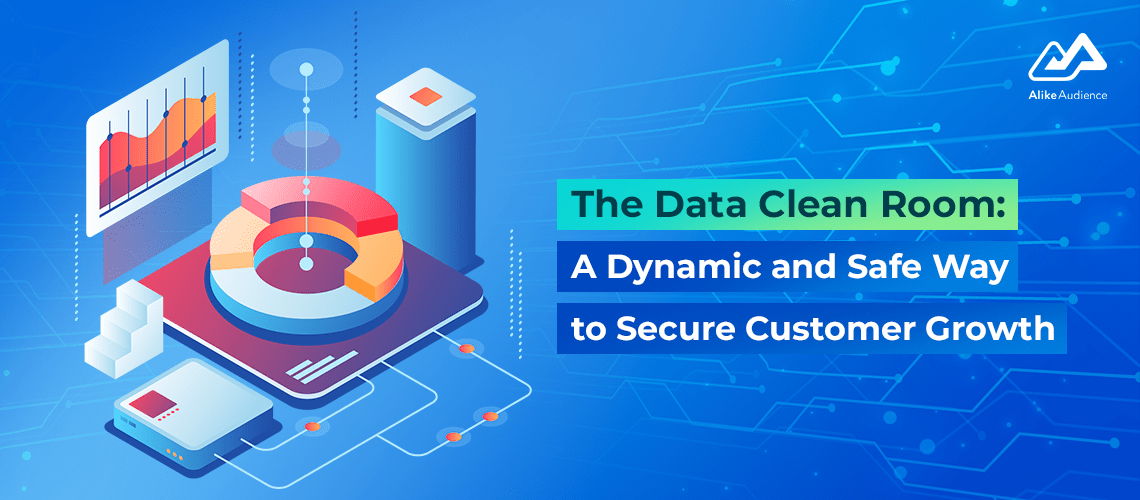
The Data Clean Room: a Dynamic and Safe Way to Secure Customer Growth
August 18, 2023
The Rise And Rise Of CTV – And The Problems Being Swept Under The Rug
September 6, 2023
Marketing science supremo Professor Byron Sharp gives short shrift to the upside of brand loyalty and even shorter shrift to loyalty programs. Per the Ehrenberg-Bass Institute director – they can work, but they are expensive and inefficient.
Sharp thinks marketing budgets are far better spent trying to reach more light category buyers, because existing customers were going to buy anyway and rewarding them for doing so is just giving away margin. Better to attract new customers with broader advertising campaigns and grow as a result, suggests the professor.
But changes to privacy regimes around the world – and the reaction to them by big tech platforms like Google and Apple – punch a hole in that argument.
That’s because the data customer loyalty programs yield now has far greater value – provided loyalty program operators have permission to use it for marketing. Which in turn changes loyalty economics.
Pincer movement
In the EU, GDPR is fundamentally changing advertising business models. Meta in August bowed to regulatory and legal pressure and said it would seek consent to target European users via their personal data.
Meta previously argued that users had implied their consent by signing up to use the service; that targeting them with advertising based on their data was legitimate interest and part and parcel of using the service for free. No longer. It will need to ask 255 million monthly active EU users on Facebook and 250 million active Instagram users for consent before allowing brands to target them based on behavioural data. Which likely means anybody else using implied consent may ultimately need to rethink their business model.
Google is glacially moving away from third party cookies as a result of GDPR. Apple has made app publishers seek express consent to track and target for every app they own (though now faces its own antitrust probe from French regulators as a result).
In the US, CCPA has had a similar effect in California, while at national level the Democrats have mooted several bills intended to rein-in data collection for ad targeting. Elsewhere Australia is currently in the middle of a major privacy overhaul – and is also now probing data brokers. All of which poses a multi-jurisdictional regulatory patchwork for global advertisers and ad platforms.
The upshot is that obtaining explicit consent to use first party data for targeted advertising – front-running regulation and adopting a ‘gold standard’ approach globally – is probably the only way to be certain of avoiding potentially hefty fines.
Loyalty bonus

Large loyalty programs can be a way of accessing such data – because the smart operators already have permission from customers who have expressly given consent in return for rewards. That includes for third party partners.
Which is why retail media operations – the likes of Walmart, Macy’s, Kroger and Amazon – are powering. Last year Walmart’s incoming CFO couldn’t quite believe the media cash pile he had fallen into.
“I can't remember a business with the margin structure of the advertising business here at Walmart,” John Rainey told his first earnings call. “And having 30 per cent growth for the quarter was nice to have.” Last year Walmart’s ad revenues notched $2.7bn, up 30 per cent YoY. If it can maintain that run rate, 2023 ad revenues will top $3.5bn.
In the UK, almost all major grocery retailers are now copying Tesco, the forerunner of supermarket loyalty schemes via Dunnhumby, in advertising two prices at shelf level: one for loyalty card members, another higher price for non-members. That approach may ultimately face competition authority and/or consumer advocate heat, but underlines the value of shopper data.
Meanwhile Amazon, by offering free movies, music and deliveries, is on track to report a $40 billion advertising business this year, most of it coming from targeted advertising off across its ad network, not amazon.com, all powered by shopper-cum-loyalty data. And customers pay for the privilege.
Data dash
While airlines, hotel chains, credit card providers and banks have long recognised the gains to be had from loyalty schemes, some are now busily re-permissioning lapsed consents.
Some are also rewiring their tech stacks to use their first party data to target across the broader web.
Commonwealth Bank, Australia’s largest bank, last year launched a loyalty play, dubbed Yello, an uber scheme to sit across its existing loyalty card programs. Prior to that Commbank had moved deeper into the Google stack at Adobe’s expense to use its first party data to target the right customers on the web without using cookies via its customer data platform, or CDP linked to Google via API.
The bank’s head of media said it took that approach because cookie match rates had started to decline – and suggested brands ultimately would need to link first party data to the external advertising world via CDPs and APIs to be “successful in the long term”.
CDP, CMP, A-OK?

The problem is that for many – if not all organisations – data sits in a bunch of different places. Hence the push for CDPs, or ‘one data ring to rule them all’, plus customer permission to actually use it for the intended purposes: the marketing and customer experience.
Publishers face the same problem on multiple fronts – which is why consent management platforms, or CMPs, are now also on the rise.
Some CMPs claim high opt-in rates, though there are question marks in the medium-term about how choice architecture is structured. I.e blanket opt-in to everything buttons versus labyrinthine opt-out toggles spanning dozens of adtech vendors or more.
The legal, regulatory and marketing results-driven uncertainty is why many brands have started to rethink loyalty programs: Gartner predicts one in three businesses without a loyalty program today will establish one by 2027.
The smart ones with sufficient scale, expertise and permission to use that data beyond their four walls may find it increasingly valuable, regardless of where and when future platform and regulatory changes land.
Which may require a rethink of some long-held marketing science principles.
